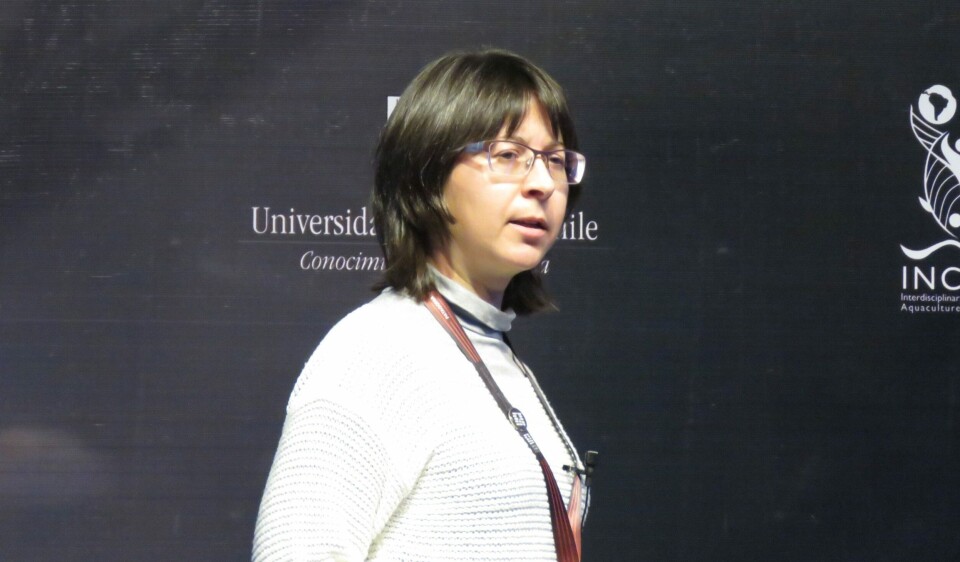
Chile: Scientists explain how lice resist azamethiphos
Scientists in Chile have identified the main mechanism of resistance by the Caligus rogercresseyi sea louse to the antiparasitic azamethiphos.
It is due to the mutation in the louse of an amino acid in the enzyme acetylcholinesterase and is similar to an adaptation found in the northern hemisphere louse Lepeopterius salmonis.
During the Sea Lice 2018 Conference, held recently in Punta Arenas in southern Chile, Dr Celia Agusti, a researcher at the Sea Lice Research Center, showed the results obtained in a study conducted in the Los Lagos region in which they investigated the association of a genetic mutation of sea lice with azamethiphos resistance.
Azamethiphos is an organophosphate whose mechanism of action is based on the inhibition of the enzyme acetylcholinesterase. This inhibition causes an accumulation of the neurotransmitter acetylcholine that triggers the death of the parasite.
Gene mutation
The mutation of the gene that codes for this enzyme is the main cause of resistance to azamethiphos in arthropods.
In C. rogercresseyi there are two types of acetylcholinesterase, 1a and 1b, which have a 54% similarity. 1a has the highest synaptic activity.
Agusti and her team managed to molecularly characterise these two types of enzymes and associated them with the resistance of the louse to the antiparasitic.
To achieve this, they collected samples of lice in the Los Lagos region in 2014, 2017 and 2018, and through bioassays classified the different variants of the parasite into resistant and sensitive.
Different amino acid
“Through gene sequencing and subsequent in silico (on a computer) and phylogenetic study, we were able to identify that resistant lice had a mutation at position 318 of the gene that codes for the enzyme which means that resistant parasites encode the amino acid valine instead of phenylalanine,” explained the researcher.
With these results, they performed a bioassay where they analysed the change in the gene before and after exposure to the drug.
“We were able to observe that all the adult females after the exposure had the mutation which meant that they had acquired the mutation that generates the resistance. In males it only occurred in a few,” said Agusti.
Good marker
Finally, with the samples collected this year, they also conducted a bioassay in which they showed that the lice of the inland sea of Chiloé resisted high concentrations of the antiparasitic.
“Together with these results, a subsequent genetic analysis showed that all these more resistant parasites had the mutation in codon 318,” said the researcher.
Agusti ended her presentation by pointing out that this mutation “is a good marker for monitoring the resistance”.
The mutation is very similar to that identified in L. salmonis called "Phe362Tyr", in which the amino acid phenylalanine is exchanged for tyrosine at codon 362.























































